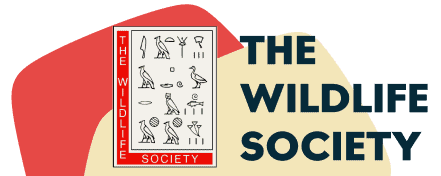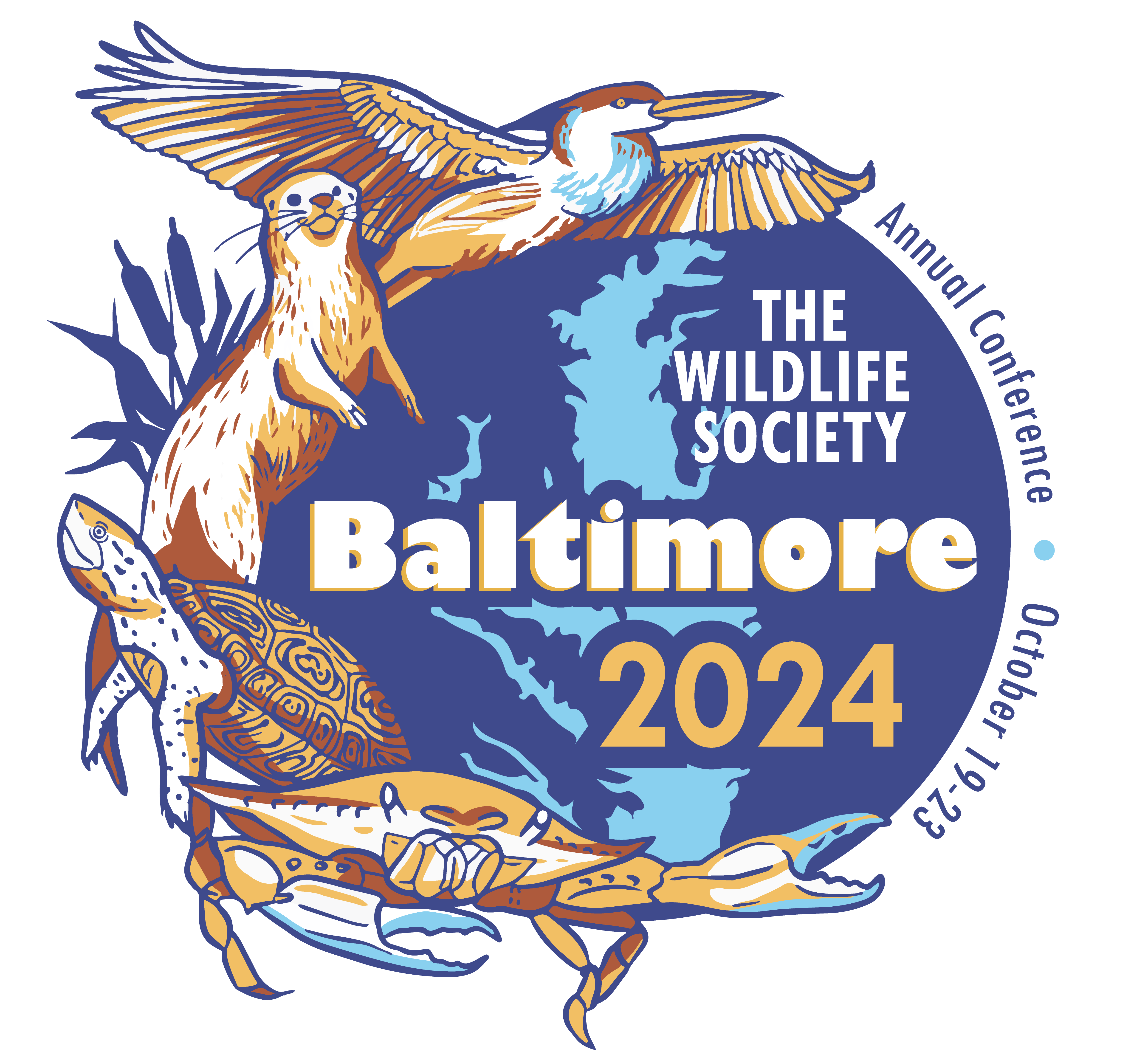- News
-
-
-
-
-
Latest News Articles
- Q&A: TEK and the wildlife profession April 24, 2024
- History may point to a brighter future for Canada lynx April 24, 2024
- New maps expand picture of big-game migrations in the West April 23, 2024
-
-
-
- Wildlife Professional Resources
-
- Our Network
-
- PUBLICATIONS
-
-
Recent Posts
-
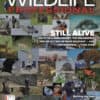 The Wildlife Professional November/December Issue
November 1, 2023
The Wildlife Professional November/December Issue
November 1, 2023
-
-
-
-
-
-
- Wildlife Events
-
-
-
Upcoming Webinars
- No Events
-
-
-
- Who We Are
-
Tag: nonnative species
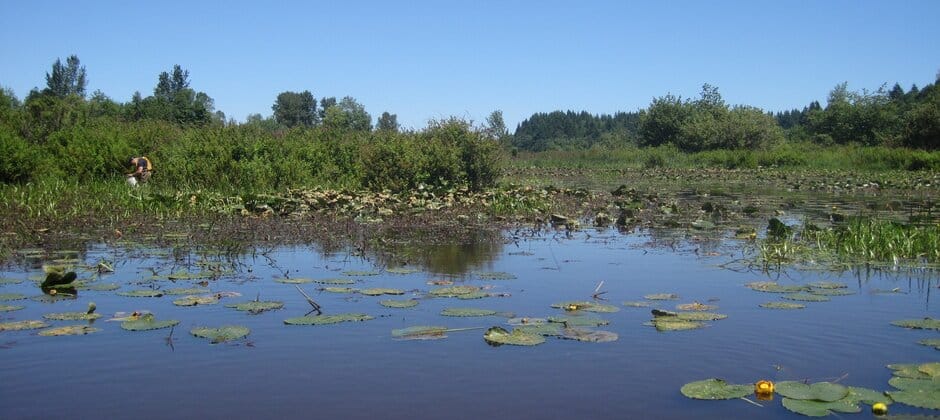
May 9, 2022
Native species can tolerate invaders in the lowland floodplains
Invasive bullfrogs and sunfish in the southwestern Washington floodplains don’t seem to be a detriment to native amphibians and fish in the area. That’s surprising, researchers say, since that isn’t...
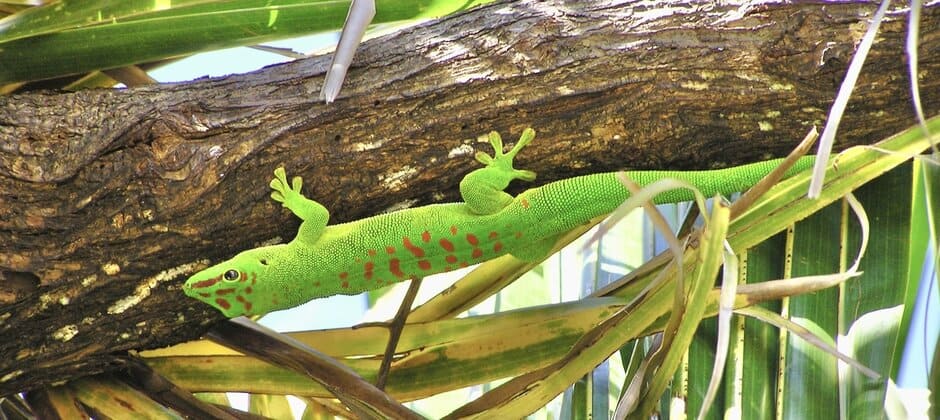
August 18, 2021
Models say this African gecko shouldn’t survive in Florida—so why does it?
Ecologically, Madagascar day geckos aren’t supposed to be in Florida. The species didn’t arrive until the 1990s, when it was introduced to adorn gardens in the Florida Keys. According to...
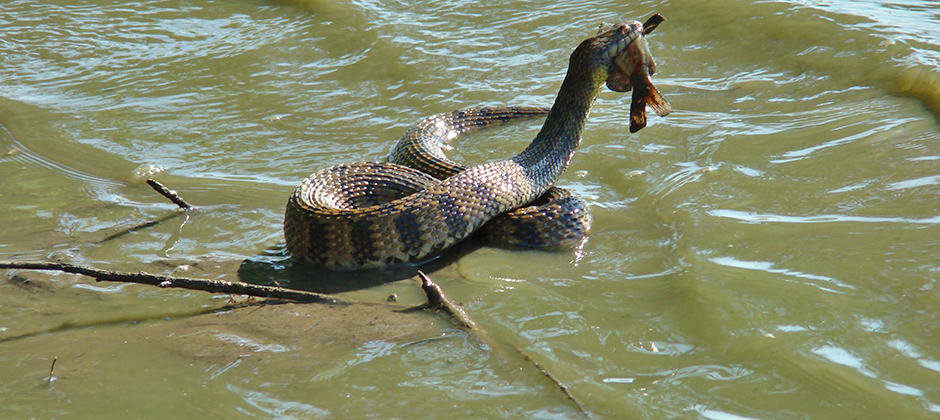
June 2, 2020
As invasive watersnakes spread, trapping them is tricky
Over the past decades, common watersnakes have invaded California wetlands, and their range keeps expanding farther and farther south. As this happens, managers worry these nonnatives could affect native species...
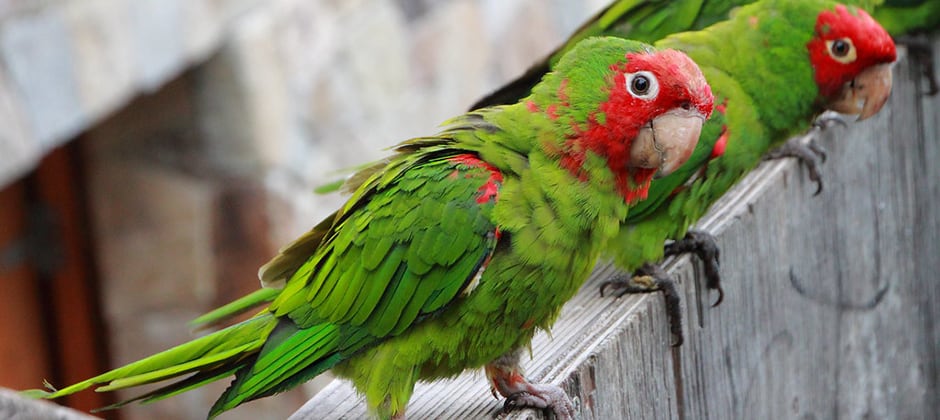
June 18, 2019
Nonnative parrots establish themselves across U.S.
Across the country, nonnative parrots are making themselves at home. The parrots of San Francisco’s Telegraph Hill have become famous thanks to a documentary about them, but they’re not alone,...
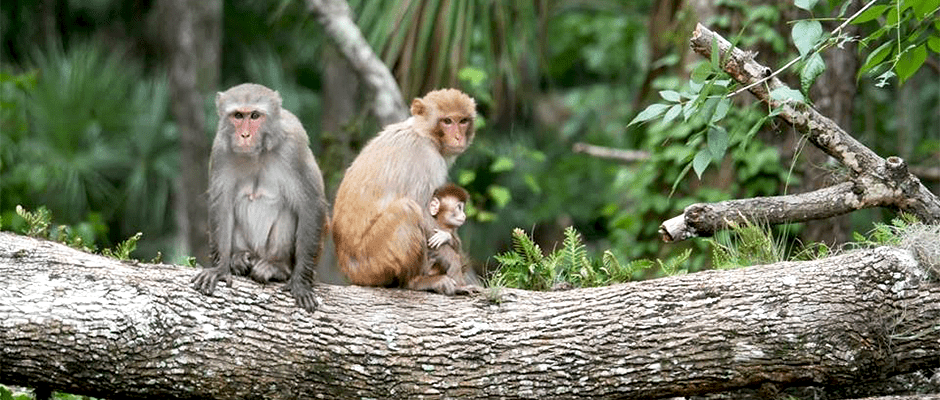
December 7, 2018
JWM: Unmanaged, nonnative macaques boom in Florida park
A population of nonnative rhesus macaques (Macaca mulatta) introduced in central Florida is set to double by 2022 unless steps are taken to reduce it, biologists found. But dealing with...

January 25, 2018
In Hawaii, bird’s genetic trail leads from island to island
When Japanese bush-warblers (Cettia diphone) were introduced to Oahu in the 1920s, it might not have been good for native wildlife, but it turned out to be helpful for researchers....
